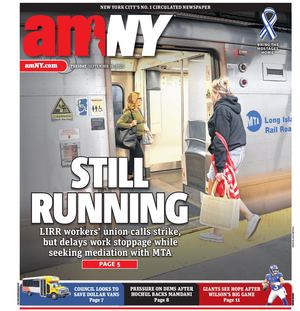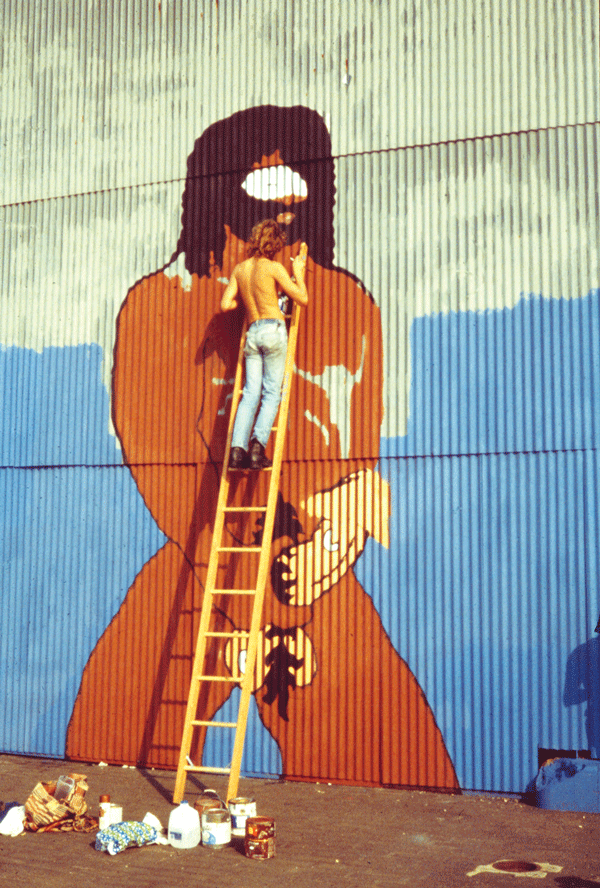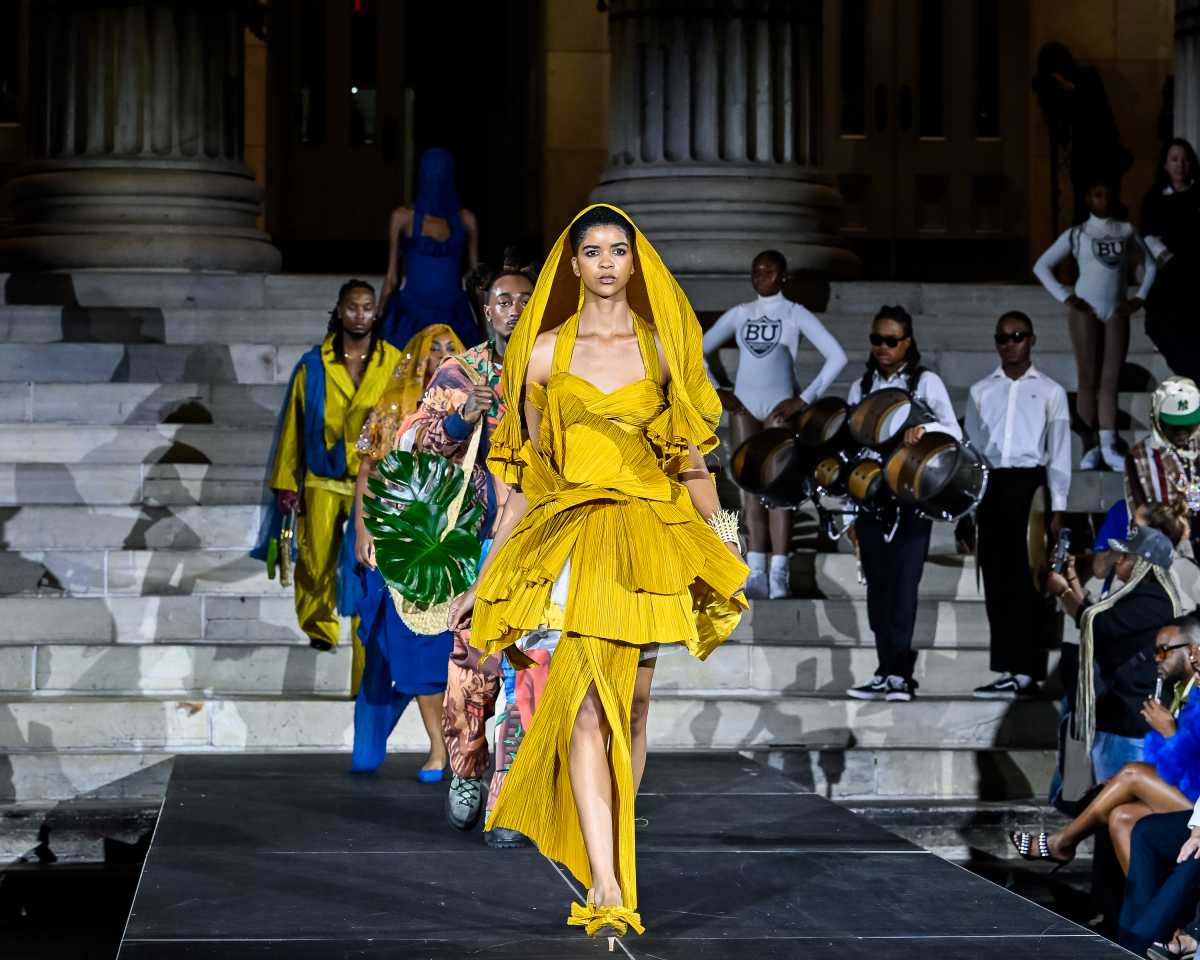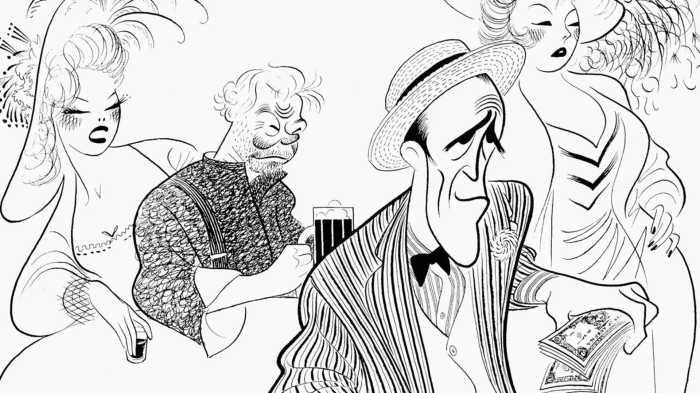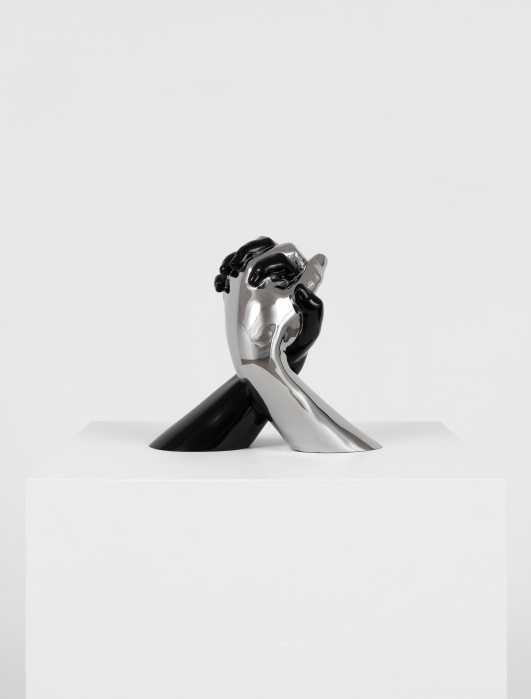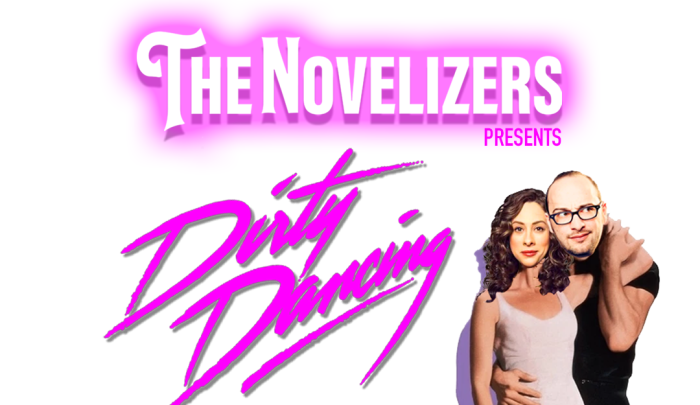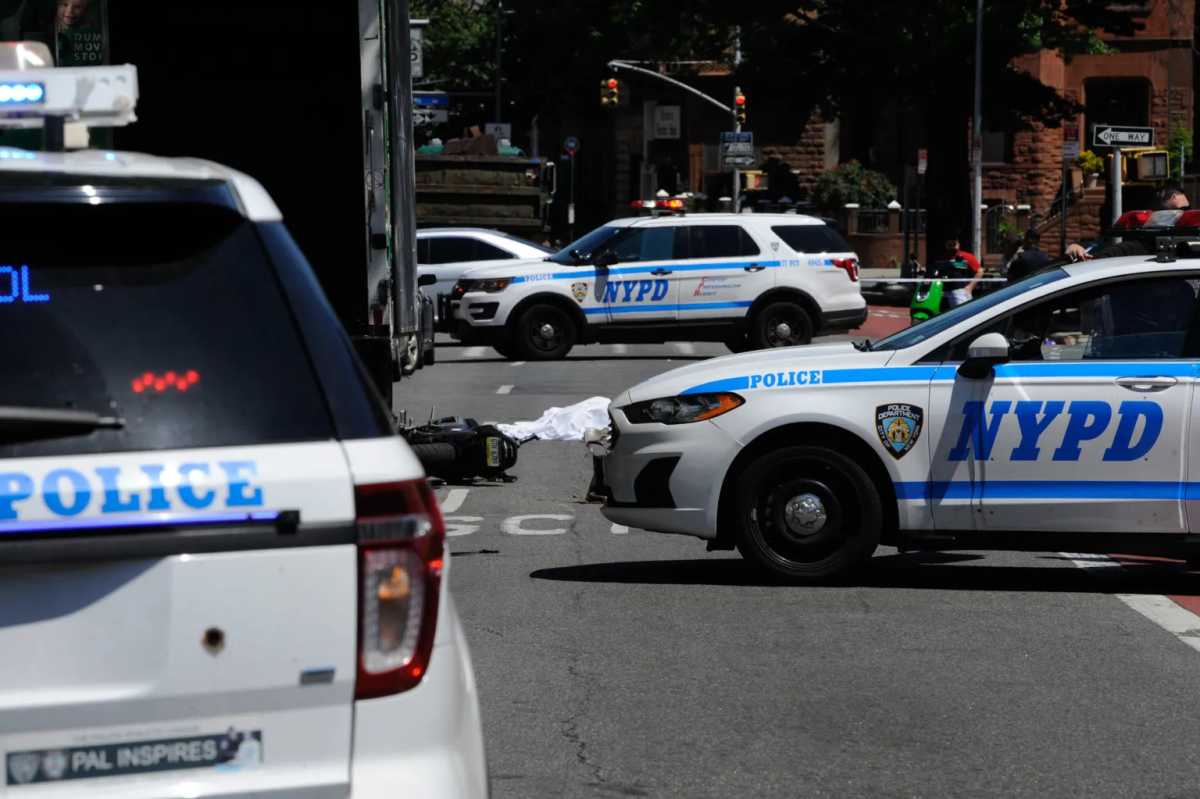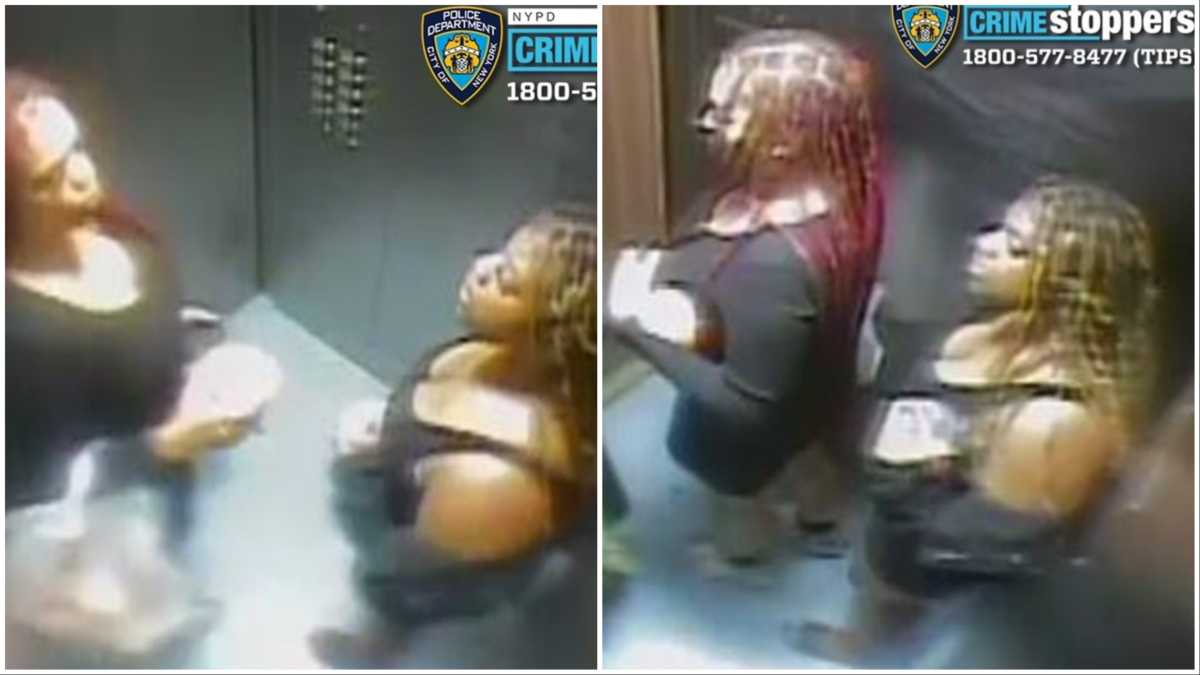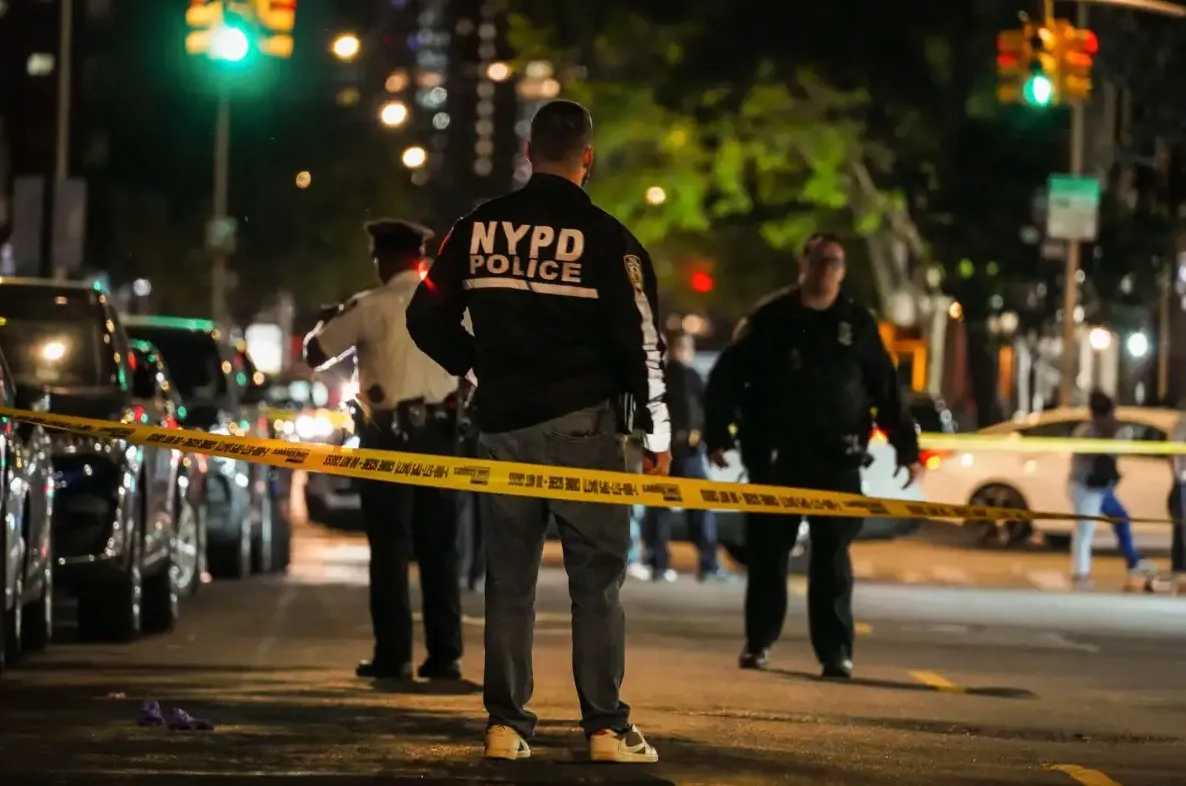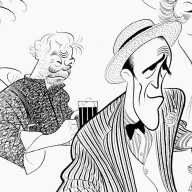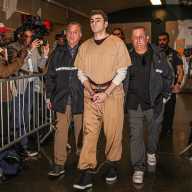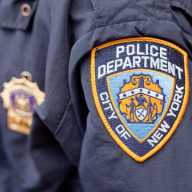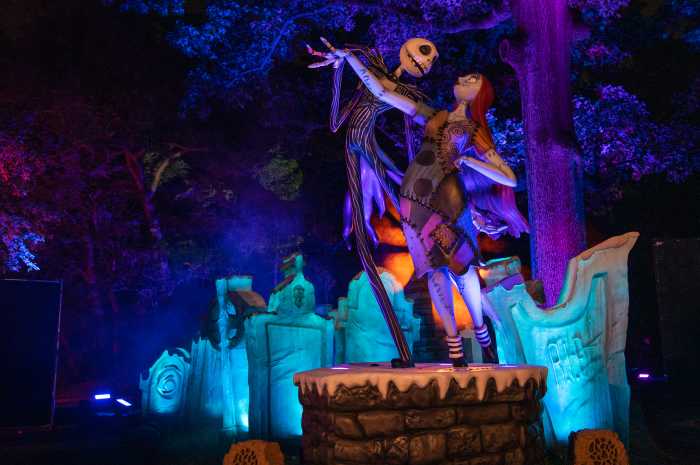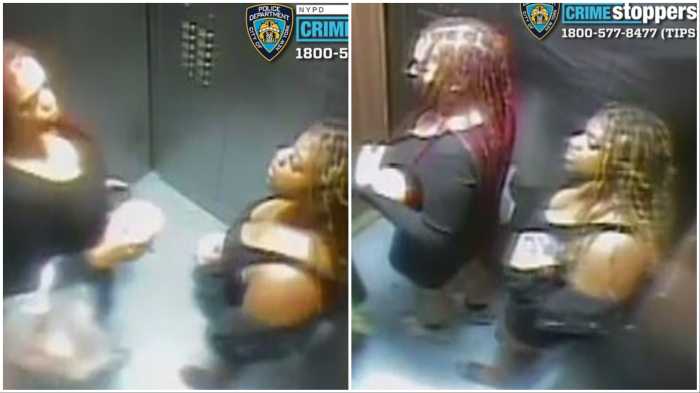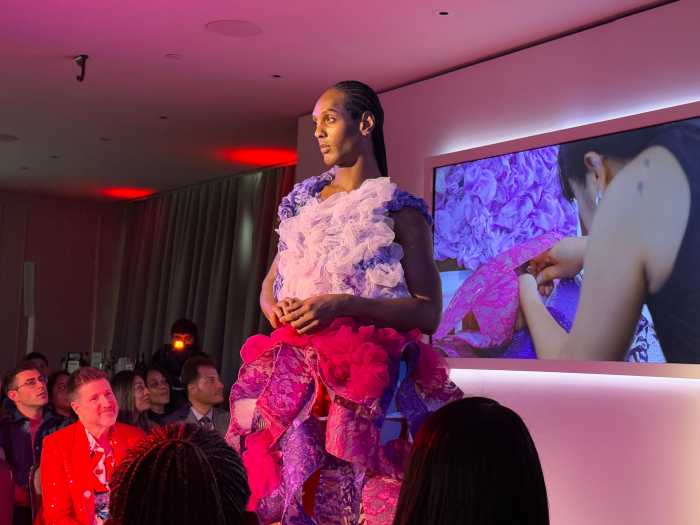On abandoned, decaying structures, the revolution was photographed
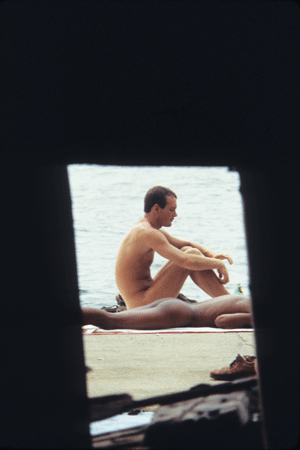
BY MICHAEL LUONGO | For young New Yorkers knowing only a sanitized, seemingly well-ordered, affluent Manhattan, the overtly sexual gay life on the Hudson River piers in Lower Manhattan in the 1970s seems like another world. All the more reason the period needs to be catalogued and remembered.
“The Piers: Art and Sex along the New York Waterfront,” an exhibition at the Leslie/Lohman Museum of Gay and Lesbian Art, does exactly that. The exhibit, co-curated by Jonathan Weinberg and Darren Jones, opened in April and has been extended through July 7.
“The Piers” presents more than 70 works, largely photographs, but also film and even recovered pieces of artwork that adorned concrete on the Lower Hudson piers.
Gay life had a modicum of visibility in New York in the 1950s and 1960s, but after the Stonewall Riots of 1969, gay expression exploded. Attached to Greenwich Village, the piers, a crumbling, largely abandoned vestige of New York’s days as a shipping powerhouse, became one of the major social and political centers of the gay movement.
Leslie/Lohman board president Jonathan David Katz — the director of the Visual Studies doctoral program at SUNY, Buffalo and the co-curator of the recent “Hide/ Seek: Difference and Desire in American Portraiture” exhibition at the Brooklyn Museum — said for young people coming of age now, it is especially important to see “The Piers” to understand how different things were and how gay sexuality is now often overlooked.
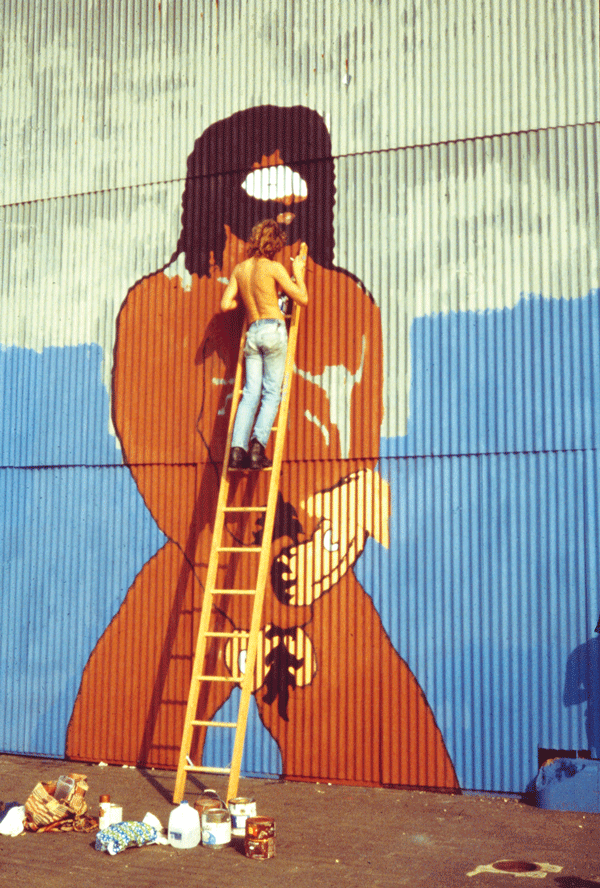
Katz explained, “I think that we, especially given the political movement of late — marriage, military, et al. — are in danger of remaking our history in our current image. But ours once was one of profound dissidence, often sexual dissidence, to a degree that seems almost unimaginable today.”
He added, “There was a kind of fusion in the 1970s, almost as a political movement to refute heteronormative standards. And my God, what a thing to combine sex — and great sex — with a form of political activism, and that is what the piers were. There was very much a point that the piers were appended to New York proper. That we would not be forced off to a place that could not be glimpsed. We built a city that was a utopia on our terms.”
Even straight liberals at the time understood the movement’s deeply expressive sexuality. Among them was Shelley Seccombe, the lone female photographer in the exhibit. She said she had moved to Westbeth, an artists’ housing and studio complex on Bethune Street in the Far West Village, “in 1970 and began seriously exploring the waterfront soon after that.” Still a dangerous area at the time, she often brought her husband, especially when entering the piers’ abandoned shipping office buildings. These locations were where gay men had sex, addicts did hits and crime on occasion confronted visitors.
“I always try to be gender-neutral when it comes to photography, but I guess it was an advantage to be female in certain circumstances,” Seccombe said.
The piers’ blend of art and sexuality is what some exhibit photographers remember most. “I was looking for sex, and sometimes I was looking for pictures,” Stanley Stellar recalled. “Sometimes I found both on the same afternoon, and sometimes I found one or the other.”
Among his favorite images is what he titled “Cyclops” — a “kind of monster monumental” celebrating an intensely sexual man he met and photographed there.
“I have a lot of affection for that image because he was one of a kind — a freak and someone I never saw again after that,” Stellar said, explaining the man cruised major gay gathering spots “attracting gay men by traveling around and showing his package. And that was his calling card of life, and that was a sort of way of doing things back then.”
The day they met, Stellar said, “I was looking for pictures and for sex, and I found both in him. This is a metaphor for my work at that time and maybe still. How hot can I make these pictures and get away with it, and not make them into the pornographic.”
Other photographers on exhibit include Leonard Fink, Frank Hallam, Lee Snider, and Rich Wandel. The exhibit also includes seminal works of the New York avant-garde, such as Vito Acconci’s “Untitled Project for Pier 17,” Gordon Matta-Clark’s “Day’s End” and David Wojnarowicz’s series “Arthur Rimbaud in New York.” The piers themselves were a canvas for art, becoming an extension of the East Village art scene, especially Pier 34, taken over by Wojnarowicz and Mike Bidlo in 1983.
By that point, however, the AIDS epidemic and political transformation had begun to impact the scene, along with urban gentrification and the demolition of many of the pier structures.
For Stellar, when he views images in the exhibit, he said, “What came up for me is my youth and my friends. I was young, and I had all my friends whom I no longer have anymore because they are all dead. It was a different kind of family. They had all the same physical, cultural experiences of what it meant to be gay back then, but they are not here anymore.”
Co-curator Darren Jones grew up in Scotland and did not see the piers until 1996, long after their heyday. He explained the exhibition “will appeal to people of all backgrounds with an interest in New York’s recent past. It functions as a social retrospective on the various uses of a now legendary place and time in Manhattan’s history. Gay men used the piers as a meeting place, an urban playground, if you will, to meet friends, sunbathe and relax, as well as to pursue the excitement of sexual encounters. Artists utilized the vast spaces of the pier buildings to make some of the most influential and experimental contemporary art of the 20th century. Many went on to make their names as major players in the art world.”
Jones added that he learned a lot in working on the project, explaining, “Talking to the artists and photographers who were there, who saw this world come and go, and to hear their stories was one of the most moving experiences imaginable. Above all, I had a powerful sense of how fortunate I am to be able to live my life as I do today, in large part due to the progress made by earlier generations of gay men.”
Katz said that what made the piers unique in relation to 1970s bathhouses and discos was that the piers were free, public spaces.
“That very openness was the key,” he said, adding, “You didn’t have to claim anything to walk into them,” including self-identification as gay. “This was a free space, and let’s not lose sight of that. The piers were democratizing,” for the poor, the young and those new to New York who had not yet found their way. New York today has far fewer such spaces.
Katz said gay New Yorkers should see the exhibit because “the arrogance of the present is that it remakes the past in its own image, and the piers bespeak a very different image and a very different politics from our current one. And while I am very much in favor of the choice for people, for example, to get married, I don’t want our sexual dissidence to get, as we used to say, ‘straightened up.’ ”
ART
THE PIERS: ART AND SEX ALONG THE NEW YORK WATERFRONT
Through July 7
At the Leslie/Lohman Museum of Gay and Lesbian Art
26 Wooster St., btw. Canal & Grand Sts.
Tues.-Sat., noon-6pm
Closing reception: July 6, 6-8pm
Visit leslielohman.org
